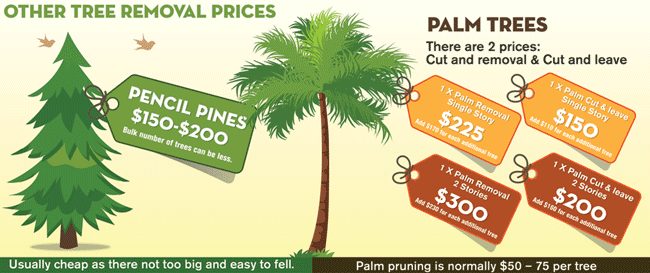Signs It's Time To Eliminate A Tree - A Property Owner'S Overview
Signs It's Time To Eliminate A Tree - A Property Owner'S Overview
Blog Article
Authored By-Kehoe Crowder
Trees add beauty and worth to residential or commercial property, however they can additionally posture a danger during extreme weather condition occasions. If a tree has stopped expanding, is showing noticeable fungal growth, or has a leaning trunk, it needs to be eliminated by a professional to avoid building damages and injury.
To learn more, go to https://docs.google.com/spreadsheets/d/1ErP0weRPs6aig_hZVzZkq5J5o2AIjtqsuHDDT4fseps/edit?gid=1718205097#gid=1718205097 -hosted by HPD, the Facility for New York City Neighborhoods, and Brooklyn-based housing partners this evening in Bedford-Stuyvesant. The event will certainly feature the House owner Manual, a new overview to help property owners navigate the obligations of possessing a home.
1. Dead or Perishing Branches
Trees are an essential part of your home's landscape, offering color and charm. They additionally provide shelter for wild animals and generate oxygen, yet also healthy trees can experience health problems that may necessitate their elimination. Dead or passing away trees aren't just undesirable, they can be hazardous. Their branches can drop during a storm, causing expensive residential property damages and injuries.
When a tree's branches start to die, it implies that its structure is beginning to break down. If most of its branches are dead, it is most likely time to remove it.
Search for an absence of new development, bark peeling, open injuries or cavities, fungi growing on the trunk or origins and a basic appearance of decay in the whole canopy. These signs of infection can suggest a significant trouble that will require professional tree services to settle.
2. Leaning Trunk
While it's normal for trees to lean periodically because of phototropism, if a tree has a dangerous or extreme lean that's not because of natural processes - maybe an indication that the tree needs to be gotten rid of. If the tree is leaning toward a power line, home, lorry, play framework or any other area that could be hazardous to people if it drops, then speaking to an expert tree service for elimination ought to be a leading priority.
It's also crucial to watch for any sudden changes in a tree's leaning as it can show damage to the roots or trunk that may result in dropping. This is especially real during thundercloud, considering that high winds and rain-soaked soil can trigger a lean to alter swiftly. Regular monitoring, especially during and after tornados can assist homeowners identify prospective issues with their trees so they can call an arborist for a complete evaluation.
3. Insect Infestation
Some pest problems, such as wood-boring bugs like emerald ash borer or sap-suckers like range pests, are so extreme that they can trigger a tree to die. The best method to prevent pest problem is to check your trees often. Look for places, holes, or stainings in the fallen leaves and bark. Take a look at the trunk for fractures and indications of insect damages, such as tunnels or tracks.
If a tree comes to be too infested with insects, or is close to a home or power lines, an arborist might advise removal. If a leaning tree develops a new, unpredictable lean, an arborist will likely recommend removal also to make certain the safety and security of individuals and building. If a weakened or dead tree consistently sheds excessive branches, it is an indicator that it is time to get rid of the tree. If a tree remains to shed branches for an extensive time period, it can cause architectural issues and possible home damages.
4. Damaged https://pebblemag.com/magazine/living/5-tips-for-a-sustainable-christmas-tree-from-farms-to-diy-decorations are a beautiful and fundamental part of our landscape, however they do require normal care to keep them healthy and secure. If a tree is damaged irreparable it is most likely time for it to come down.
Seek indications of damage to the trunk, including upright cracks, joints, dead branch stubs, noticeable injuries or open tooth cavities and extreme tree-rot. The presence of fungis at the base of the trunk is another warning sign. Fungis might indicate that the phloem and xylem (life-support tissues) are endangered, enabling the spread of illness or a future failure.
Also, take into consideration whether the tree has actually quit growing. Healthy and balanced trees will have brand-new development annually, which may be visible as buds or branches sprouting and expanding. If you do not see any new growth, it's a good idea to have an arborist examine the tree and follow their suggestion for elimination. you can check here passing away or damaged tree can fall and create residential property damage.